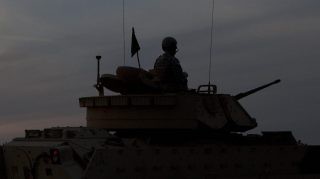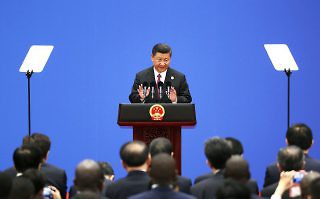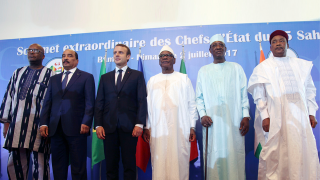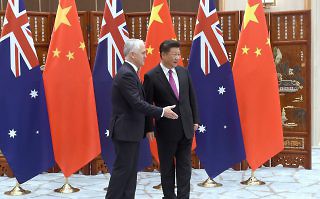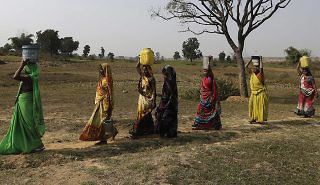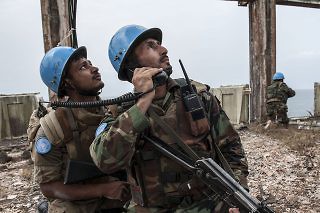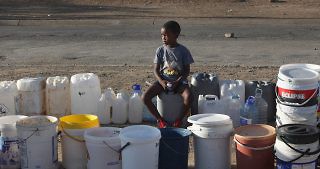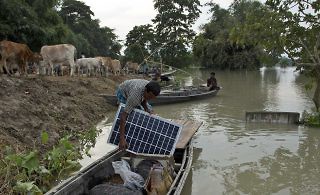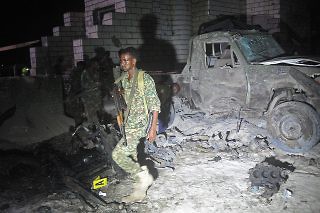Global action for conflict prevention, peace and development—as set out in the 2030 Agenda and the Sustaining Peace UN resolutions—is urgently needed, but requires an international community that is serious about peacebuilding, ready to safeguard a coherent, peace-oriented approach to development and prepared to reject reactive, securitized responses to security threats.
Tag: peace and security
-
-
In diving into global peacemaking efforts as a result of Belt and Road, Beijing may increasingly find itself out of its depth.
-
The transactional nature of the relationship between Chad’s President Deby and the Western powers—regional security in exchange for funding, with little criticism—is not limited to Chad. Other leaders in Africa and beyond, watching how Deby manages this period of crisis, will take clear lessons about their own options and incentives.
-
Considerations of national interest are likely to be weighed even more assiduously in the wake of the recent revelations.
-
United Nations Environment Executive Director Erik Solheim discusses connections between environmental management and peace and security.
-
Political transitions are typically a period of heightened risk of instability at the best of times, and the current downsizing to around 1,000 personnel could make it harder to ensure safety during the polls.
-
Successes in 2016 were counterbalanced by a number of sociopolitical and economic grievances that will continue to afflict the continent in 2017.
-
Sweden and other like-minded countries are well equipped to ensure that 2017 becomes a watershed year for putting prevention in the service of sustaining peace.
-
Analyses of extrajudicial killings in the Philippines and the challenges for the incoming United Nations secretary-general were among the most read posts on the Global Observatory in 2016.
-
Somalia’s government ultimately envisages a 28,000-strong national army, but World Bank/UN projections to be published later this year suggest that they will be unable to afford a force of this size.
